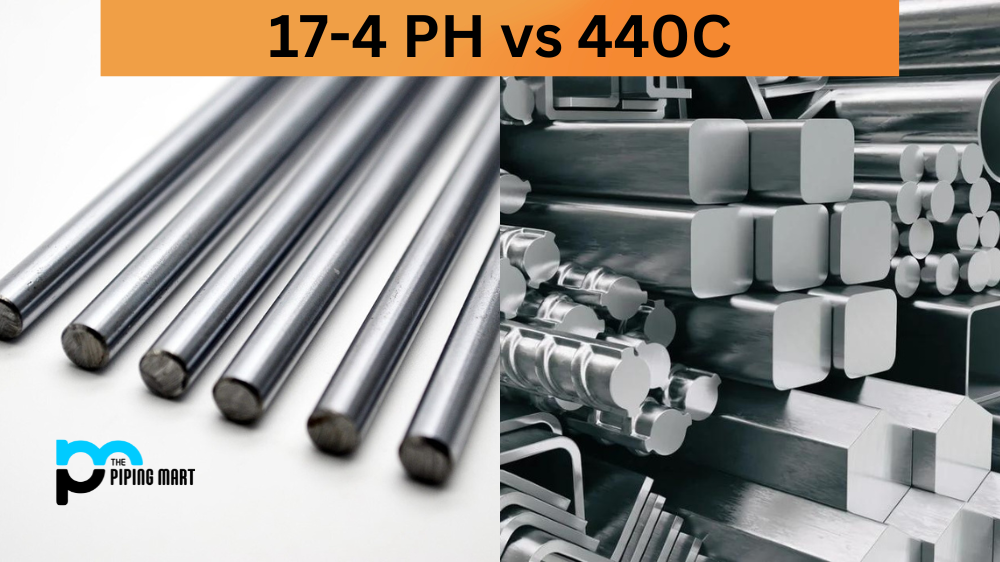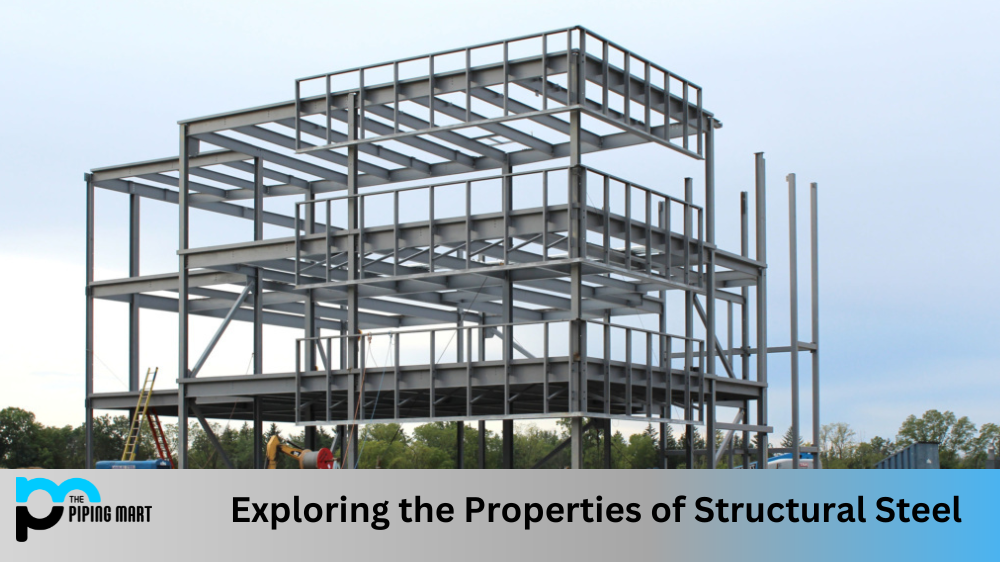Steel is the backbone of modern life. From cars and trains to skyscrapers and satellites, steel is used in almost every part of our daily lives. It is no wonder the steel industry is a multi-billion-dollar industry globally. One of the most popular types of steel is stainless steel, which is used in various applications, from cutlery to medical equipment. In this blog post, we’ll compare two popular types of stainless steel – 17-4 PH and 440C.
What is 17-4 PH Stainless Steel?
17-4 PH stainless steel is a precipitation-hardening steel known for its high strength and corrosion resistance. The alloy contains 17% chromium, 4% nickel, and 1% manganese. It can be heat treated to achieve a wide range of mechanical properties, including high strength and hardness.
What is 440C Stainless Steel?
440C stainless steel is a martensitic stainless steel known for its high hardness and wear resistance. The alloy contains 16-18% chromium, 0.75-1.5% carbon, and 1-2% manganese. It can be heat treated to achieve a wide range of mechanical properties, including high strength and hardness.
Difference Between 17-4 PH and 440C
Composition
Their composition is the main difference between 17-4 PH stainless steel and 440C stainless steel. 17-4 PH stainless steel contains 17% chromium, 4% nickel, and 1% manganese, while 440C stainless steel contains 16-18% chromium, 0.75-1.5% carbon, and 1-2% manganese.
Properties
The different composition of 17-4 PH stainless steel and 440C stainless steel also leads to different properties. 17-4 PH stainless steel is a precipitation hardening, while 440C stainless steel is martensitic. Additionally, 17-4 PH stainless steel has higher strength and hardness than 440C stainless steel.
Applications
The different properties of 17-4 PH stainless steel and 440C stainless steel also lead to different applications. 17-4 PH stainless steel is typically used in applications that require high strength and corrosion resistance, such as aerospace components and medical implants. 440C stainless steel is typically used in applications that require high hardness, such as bearings and cutting tools.
Conclusion
In conclusion, when deciding between 17-4 PH and 440C, it is important to consider the application’s specific requirements. 17-4 PH is a superior choice for high strength and corrosion resistance applications in high-temperature environments. On the other hand, 440C is a better choice for applications that require high hardness and wear resistance, such as cutting tools and blades. Regardless of your application, both steels are excellent choices and have unique strengths and advantages.

Abhishek is a seasoned blogger and industry expert, sharing his insights and knowledge on various topics. With his research, Abhishek offers valuable insights and tips for professionals and enthusiasts. Follow him for expert advice on the latest trends and developments in the metal industry.




